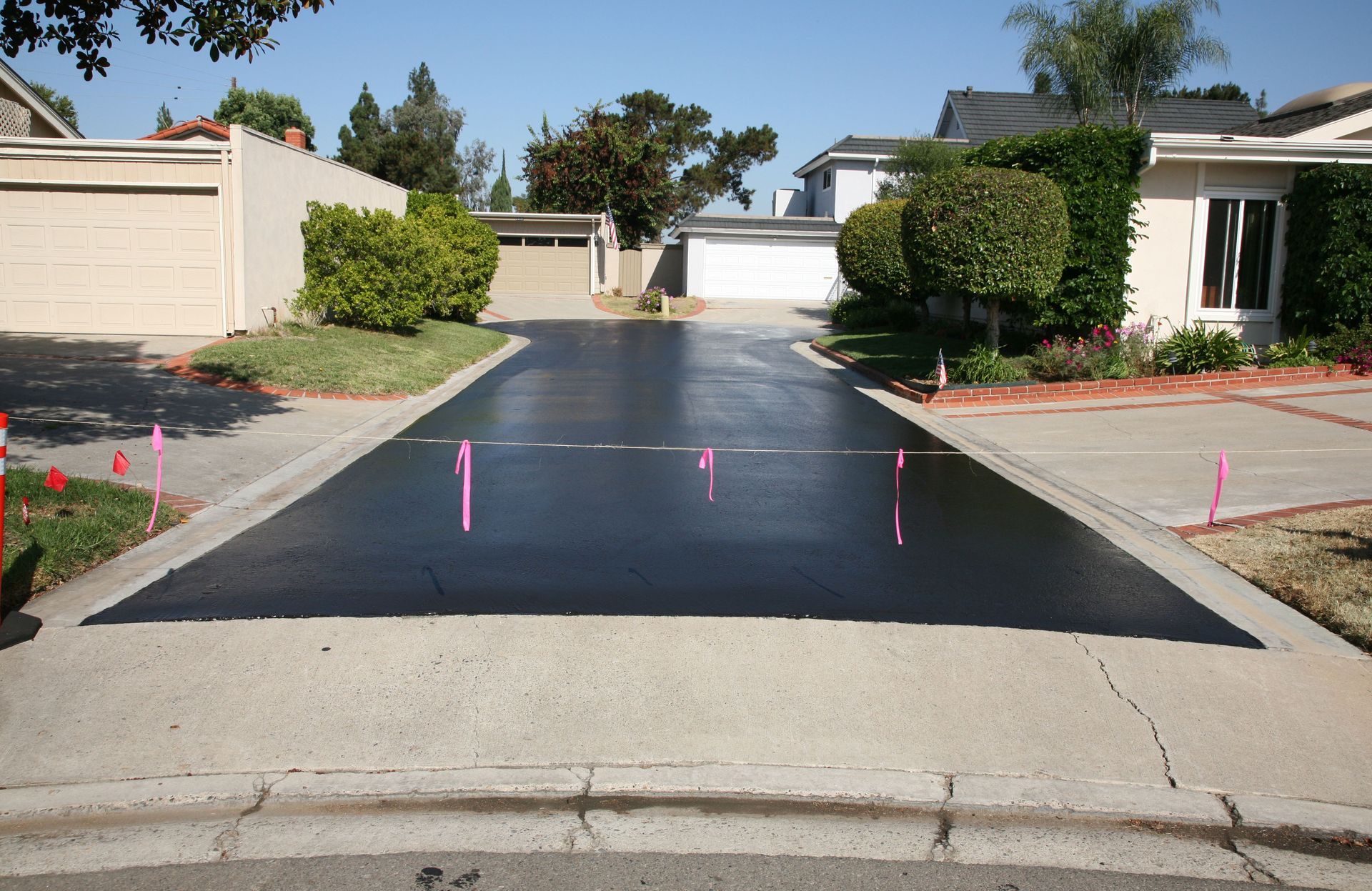5 Facts About Pavement You Need to Know
Pavement is an integral part of our everyday landscape, playing a critical role in urban infrastructure, transportation, and even environmental management. Despite its ubiquity, many people overlook the innovation and engineering prowess behind the boring old pavement. Whether you're a civil engineering enthusiast or just a curious citizen, here are five intriguing facts about pavement that enhance both its appreciation and understanding.
1. Different Types of Pavement Materials
When we think about paving, asphalt and concrete typically come to mind. However, there's a wide range of materials available, each catering to specific needs and environments. Asphalt is popular for its cost-effectiveness and ease of installation, especially when provided by a trusted local asphalt company that understands the regional climate and soil conditions. Concrete, on the other hand, offers exceptional durability and strength, making it ideal for areas with heavy loads and high traffic. Beyond these standard materials, alternatives like cobblestone add aesthetic charm to historic or pedestrian-focused areas. At the same time, permeable pavements allow rainwater to filter through the surface, thereby reducing runoff and promoting groundwater recharge. These diverse options enable engineers and urban planners to select materials based on their functionality, cost, and environmental impact.
2. Sustainability and Environmental Impact
The topic of sustainability has even reached the realm of pavement. Traditional pavements can harm the environment through resource extraction, high energy usage during production, and the urban heat island effect caused by dark, heat-absorbing surfaces. However, innovative approaches are transforming how pavements are built and maintained. Eco-friendly pavement solutions now include recycled asphalt shingles, rubber from old tires, and other repurposed materials. Many local asphalt companies are leading this green transition by offering mixes that include reclaimed asphalt pavement (RAP) and warm-mix asphalt technologies, which reduce emissions during the installation process. Another key innovation is the development of reflective or cool pavements, which help lower ambient temperatures in urban areas by reflecting sunlight instead of absorbing it. These technologies not only benefit the environment but also contribute to long-term energy savings in surrounding buildings and infrastructure.
3. Longevity and Maintenance
One of the most common facts about pavement is its expected lifespan. According to Gitnux, asphalt paving typically lasts around 30 years, although real-world data suggests a range of 20 to 25 years, depending on climate, usage, and maintenance routines. Proper upkeep plays a critical role in extending this lifespan. Sealing cracks, patching potholes, and resurfacing worn sections are routine but essential tasks. Many property owners rely on a local asphalt company for these services, as timely maintenance can prevent minor issues from developing into costly repairs. In colder regions, freeze-thaw cycles can rapidly deteriorate pavement, making it crucial to monitor and address wear and tear proactively.
4. The Role of Pavement in Urban Planning
Pavements are not just about providing smooth surfaces for vehicles and pedestrians; they are integral to effective urban planning and city design. They form the skeletal structure of cities, guiding the layout of neighborhoods, influencing real estate development, and supporting public transit systems. Well-constructed pavements contribute to traffic efficiency, safety, and accessibility for all users, including cyclists and those with mobility challenges. The choice of pavement material also affects how a community looks and feels. A local asphalt company may be consulted during the planning stages to ensure the pavement design meets both functional needs and aesthetic goals, such as providing smooth surfaces for busy intersections or incorporating decorative finishes for promenades and parks.
5. Technological Innovations in Pavement
Technology is continuously advancing, even in areas as specialized as pavement construction. Researchers are developing materials and techniques to increase durability, lower installation costs, and reduce environmental impact. One auspicious development is self-healing asphalt, which incorporates special binders or capsules that activate when cracks appear, automatically sealing them before they spread. Innovative pavement systems are also emerging, with sensors embedded within the material to monitor conditions such as temperature, load stress, and structural fatigue. These data-driven solutions enable municipalities and local asphalt companies to proactively manage pavement maintenance, thereby reducing long-term costs and enhancing safety.
Pavement is a foundation upon which modern life is built, and its importance cannot be overstated. From the type of materials used to the cutting-edge technologies applied, every facet of pavement engineering, often executed by a trusted local asphalt company, is aimed at creating more durable, efficient, and environmentally friendly roads and walkways. As we move towards a future where urban areas continue to expand, understanding the intricate details of pavement will become increasingly critical. Knowledge of these five facts ensures not just an appreciation of the present landscape but a preparedness for tomorrow's innovations in the field of pavement technology. Contact Czars of Tar, Inc and let us handle all of your paving needs!



